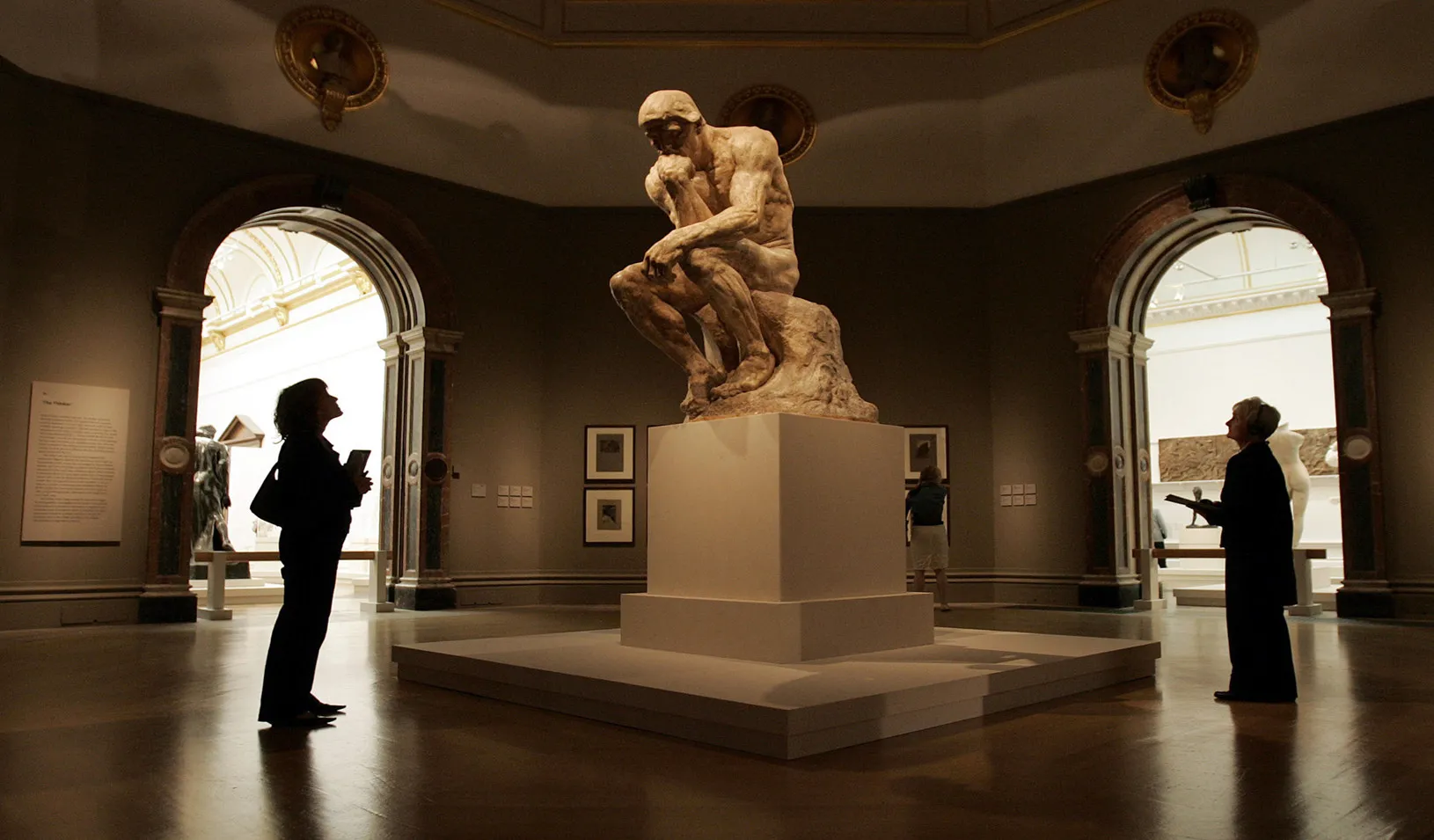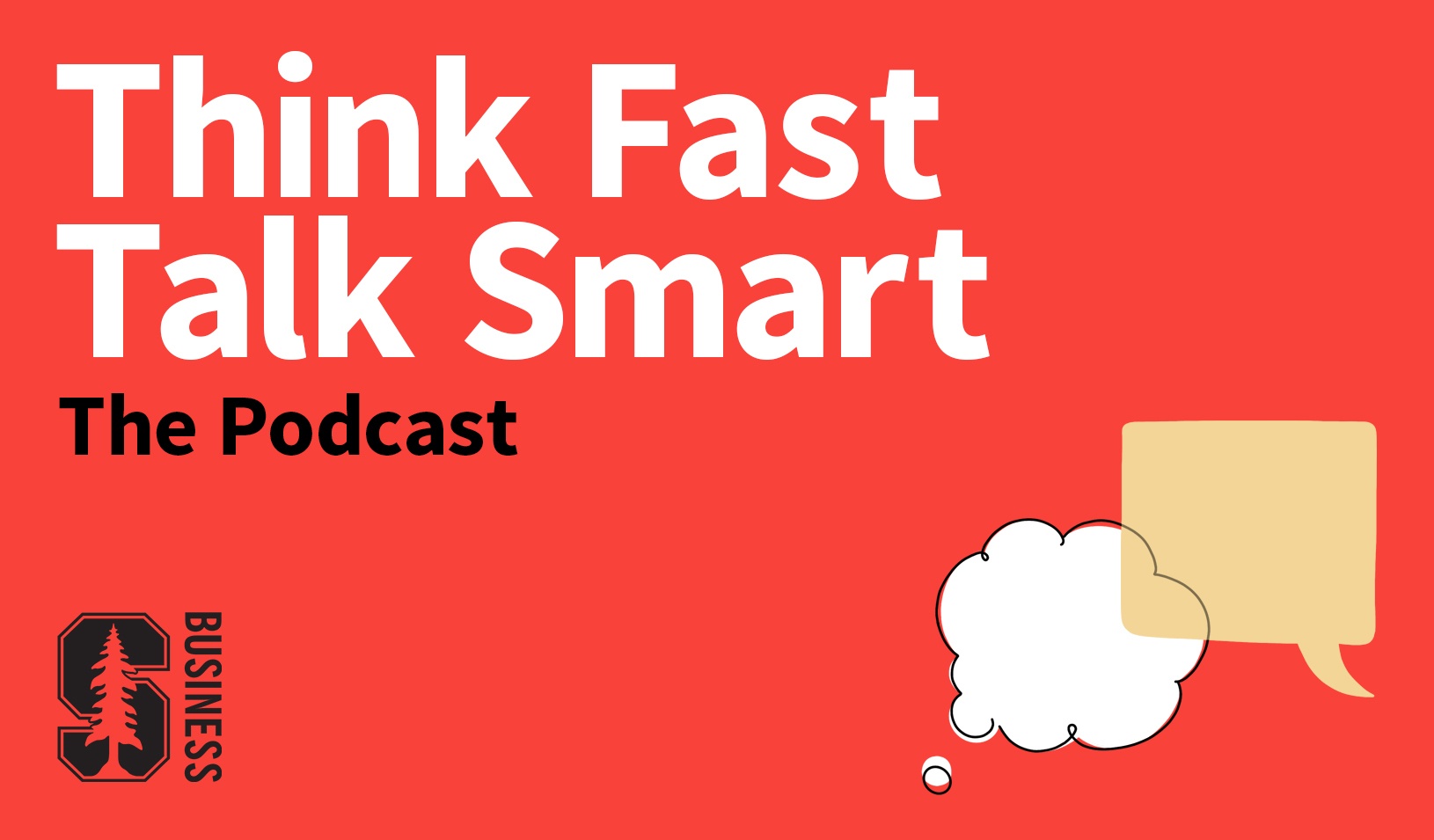Can Overthinking Reduce a Leader’s Influence?
Stanford GSB researchers find that sometimes it is better not to sweat the small stuff.
August 20, 2014

Researchers at Stanford GSB set out to answer the question of whether we sometimes penalize thoughtfulness — not in ourselves, but when we see it in others. (Reuters photo by Paul Hackett)
We’ve all seen this: The CEO who acts instinctively, sometimes with terrible results, keeps his or her job and even develops a loyal following. Meanwhile, the thinker in the executive suite who consistently offers the right, deliberated answer rarely gets a promotion.
Researchers at Stanford Graduate School of Business set out to answer the question of whether we sometimes penalize thoughtfulness — not in ourselves, but when we see it in others.
On one hand, confidence and charisma are clearly rewarded, according to previous research. “People tend to like the highly certain person, even when they make bad decisions,” said Zakary Tormala, associate professor of marketing at Stanford GSB. He and the other researchers he worked with wondered, is the converse to the charisma factor true, as well? Are people who tend to think through decisions penalized for their slower, less instinctive decision-making style?
The team included Daniella Kupor, a doctoral student at Stanford GSB, Michael I. Norton, an associate professor of marketing at Harvard Business School, and Derek D. Rucker, a professor of marketing at Northwestern University Kellogg School of Management.
The researchers expected the answer to their questions about whether thoughtfulness is penalized to be yes. What they found was a more nuanced result.
Here’s what Tormala had to say about their findings:
What does the existing research say?
It’s clear from past research that the care, or thoughtfulness, with which people make decisions affects their own certainty about those decisions. But very little research has examined the inferences people draw from other people’s thoughtfulness. We wondered whether people are more drawn to, and more willing to be influenced by, someone who spends a lot of time and effort making a decision, or very little time and effort making that same decision.
What did this new research consist of?
In an initial study, we had 116 undergraduates read about a scenario in which a guy named Ted bought a microwave. We designed the scenario in such a way that Ted’s choice was either easy or difficult. For example, in the easy-choice condition, Ted considered two microwaves that were identical on every dimension except color: one was light gray and the other was dark gray. In the difficult choice condition, the microwaves again differed in color but also differed in many other dimensions. In addition, sometimes he took no time at all and made a quick decision; in other cases, he took his time and carefully deliberated over the decision. Ted always made the same decision in the end, but we found that study participants evaluated that decision, and Ted, differently across conditions. There was a lot of nuance in how people viewed Ted depending on his thoughtfulness and the decision’s ease or difficulty. And this nuance was replicated in follow-up studies.
What was the nuance?
In essence, people saw thoughtfulness differently depending on the situation described in the scenario. Instead of having a fixed preference for people who devote more thought to their decisions, or for people who rely on their quick gut reactions, we found people sometimes rewarded thoughtfulness and sometimes penalized it. That’s when we started getting into the calibration idea — the notion that people respond more favorably to calibrated thinking, neither too much nor too little thought for the situation.
Our results suggested that individuals who calibrate their thought process to the demands of the situation are better liked, more influential, and viewed as making better decisions. Normatively speaking, difficult decisions require more thought than easy ones. We found that thoughtfulness (relative to thoughtlessness) was rewarded when there was a difficult decision to be made, and penalized when there was an easy one.
As an observer, how do you know when a decision is easy or difficult?
Of course it is observers’ perceptions of ease or difficulty that matter. In our research, we tried to define it in a fairly straightforward way based on the ambiguity of the correct decision. In the case of the microwave study, we varied the number of attributes on which the products differed. We also ran a study in which participants read a vignette describing an individual named Steve playing a game of blackjack. In the easy condition, Steve’s cards summed to 5 and he “hit” to receive another card. In the difficult condition, Steve’s cards summed to 15 and he “hit.” In this study, we also manipulated Steve’s thoughtfulness by describing him as thinking very hard about his decision or not.
People did not care for Steve very much when he spent a lot of time thinking about an easy decision.
In other words, when he was an overthinker.
That’s right. In general, people seem to be less drawn to and less open to being influenced by individuals who overthink small decisions or “underthink” big ones. What are the takeaways for people?
The most obvious takeaways are influence-based. If you have made a decision, and you want to influence somebody, incorporating a reference to your thought process can be helpful. But you have to do it right. If you’re talking to an audience that wants quick, low-thought decision (perhaps because the task should have been easy), expressing that it was a quick, obvious, or gut reaction could help. However, if you’re talking to a more thoughtful audience (or describing a decision that should have been hard), then expressing greater due diligence and thoughtfulness could be better. At the heart of this is a familiar story: Match your communication to your audience and situation.
Is there some implication here for self-examination, too? We’ve all known the person in the office who drove everyone else crazy by an inability to decide between the leather or paper cover for a report, for instance.
At this point, we can say that people appear to prefer thought calibration to over- or under-thinking. It would be interesting to extend this to self-examination, but one challenge is that — as decision makers — we don’t always know if we are over- or under-thinking. If we did, we might not do it anymore.
Maybe an easier task would be to assess how others view the situation (e.g., “I feel really torn between the leather and paper binding, but no one else thinks this is important”) and then make adjustments to your thought process, or how you describe it, anyway.
I’ve noticed that people commonly share how they made a decision. They’ll say, “I went with my gut” or “I talked to a friend of mine.” Why do people broadcast their degree of thoughtfulness?
My take on this is that the people think this is diagnostic of validity somehow. When they describe their thought process, I assume they’re doing it to add credibility to their ultimate recommendation or endorsement. In that sense, I think people probably have some intuition for the importance of perceived thoughtfulness to others. But that doesn’t mean they have the right intuition for the importance of calibration.
Different people might think saying “I went with my gut,” or “I thoroughly researched it” is always the best strategy for convincing others, without realizing that calibration matters. Of course, there might be some self-signaling, too. They might be signaling their thoughtfulness to identify and express a core component of themselves. We think that could be an interesting direction for future research.
Where else could research go?
One potential next step would be to look at different aspects of people’s decision-making styles, and how they might change the way others view them. For instance, in addition to thinking more or less, people can think more rationally or emotionally, more objectively or subjectively, more abstractly or concretely, and so on. Our calibration hypothesis could be extended to figure out whether people like others more, and are more open to their influence, when their decision style matches observers’ perceptions of what is required in the situation.
An associate professor of marketing at Stanford GSB, Zakary Tormala works in the areas of attitudes, persuasion, and social influence. Daniella Kupor is a doctoral student at Stanford GSB, Michael I. Norton is an associate professor of marketing at Harvard Business School, and Derek D. Rucker is a professor of marketing at Northwestern University Kellogg School of Management.
For media inquiries, visit the Newsroom.
Explore More

Class Takeaways — How to Run a Meeting Effectively

Conviction and Compassion: How to Have Hard Conversations



